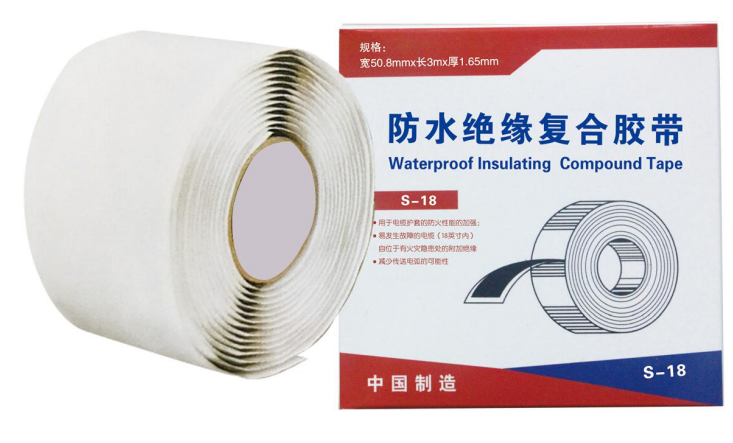The Versatility and Importance of Red Insulation Tape
Insulation tape is an essential tool in the world of electrical work and DIY projects, serving multiple purposes across various industries. Among the many colors available, red insulation tape stands out for its distinctive hue and specific applications. In this article, we explore the properties, uses, and benefits of red insulation tape, demonstrating why it’s a staple in both professional and home settings.
Properties of Red Insulation Tape
Red insulation tape is typically made from high-quality vinyl or a similar polymer that provides excellent insulation properties. This type of tape is not only durable but also resistant to chemicals, moisture, and abrasion. Its ability to withstand high temperatures makes it suitable for electric components, ensuring that it can function effectively in various environments.
The adhesive used on red insulation tape is designed to create a strong bond with different surfaces, including plastic, metal, and rubber, making it an ideal option for numerous applications. Additionally, red insulation tape is known for its flexibility, which allows it to conform to various shapes and angles, providing a reliable seal around wires and cables.
Applications of Red Insulation Tape
One of the primary functions of red insulation tape is its use in electrical applications. Electricians and technicians frequently use it for marking, bundling, and insulating electrical wires. The color red is universally recognized as a warning sign, making it an ideal choice for indicating potentially hazardous electrical circuits. By wrapping wires with red tape, professionals can signal that caution should be exercised around those particular lines, thereby enhancing safety in both residential and commercial environments.
Beyond its electrical applications, red insulation tape has been employed in several other areas. For instance, it is commonly used in HVAC systems for sealing ducts and pipes. The strong adhesive ensures that connections remain airtight, improving system efficiency and preventing energy loss. Additionally, its striking color makes it an effective tool for color-coding pipes and cables, allowing for easier identification and maintenance.
red insulation tape

In the automotive industry, red insulation tape is utilized for various purposes, such as securing wires and protecting them from damage. Vehicle manufacturers and mechanics alike rely on the tape to maintain the integrity of electrical systems, ensuring reliable performance of the vehicle.
Benefits of Red Insulation Tape
The benefits of red insulation tape are numerous. Firstly, its visibility makes it useful in preventing accidents and promoting safety. In busy environments, having clear markers can help avoid unintended contact with live electrical circuits. Furthermore, the use of color-coded tape simplifies maintenance and inspection processes, allowing for quick identification of critical components.
Secondly, red insulation tape offers excellent durability, ensuring that it lasts over time, even in challenging environments. This longevity means that users can have confidence in their work, knowing that their electrical connections are safeguarded against wear and environmental factors.
Lastly, red insulation tape is easy to use. It can be torn by hand or cut to size, making it accessible for professionals and novices alike. Whether performing complex electrical installations or simple home repairs, the ease of application can save time and effort.
Conclusion
Red insulation tape is more than just a brightly colored tool; it is a versatile solution with a plethora of applications across various fields. Its ability to conduct safety warnings, provide insulation, and strengthen connections highlights its significance in both professional and everyday settings. As technology advances and new challenges arise, the continued relevance of red insulation tape in electrical work, construction, and automotive applications remains undeniable. Investing in quality red insulation tape ensures safety, efficiency, and durability in any project, making it a must-have in every toolkit.
-
Self Amalgamating Tape: Redefining Electrical Insulation and ProtectionNewsAug.07,2025
-
Seal Strip Solutions: Revolutionizing Energy Efficiency and Comfort in Modern BuildingsNewsAug.07,2025
-
High Voltage Electrical Tape: Powering Safety and Reliability in Modern InstallationsNewsAug.07,2025
-
Flex Tape Waterproof: Transforming the Future of Instant RepairsNewsAug.07,2025
-
Elevate Electrical Safety Standards with High-Performance PVC Electrical TapeNewsAug.07,2025
-
Butyl Rubber Tape: The Ultimate Solution for Reliable Sealing and WaterproofingNewsAug.07,2025
